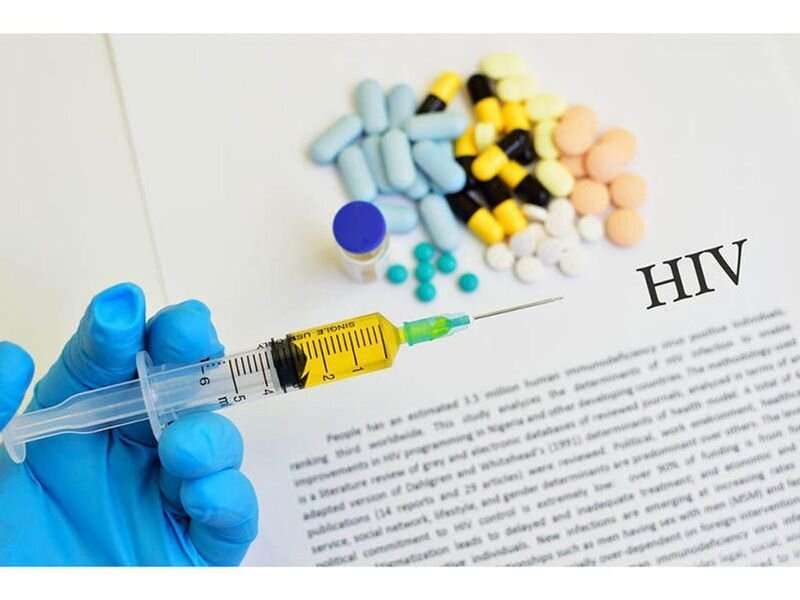
In a special communication article published online Dec. 1 in the Journal of the American Medical Association, the International Antiviral Society-USA Panel presents updated recommendations for the use of antiretroviral drugs in the treatment and prevention of HIV.
Rajesh T. Gandhi, M.D., from Massachusetts General Hospital and Harvard Medical School in Boston, and colleagues updated the 2020 consensus recommendations relating to use of antiretroviral drugs for treatment and prevention of HIV. Relevant evidence was reviewed, and studies presented at peer-reviewed scientific conferences between January 2020 and October 2022 were included.
The authors note that antiretroviral therapy (ART) initiation is recommended as soon as possible after HIV diagnosis. Barriers to care, including ensuring access to ART and adherence support, should be addressed. The mainstay of initial therapy remains integrase strand transfer inhibitor-containing regimens. Long-acting injectable therapy with cabotegravir plus rilpivirine given as infrequently as every two months is now an option for people who have achieved viral suppression with a daily oral regimen.
Certain antiretroviral medications have been linked to weight gain and metabolic complications; novel strategies are needed to improve these complications. Because people with HIV are living longer and confronting the health challenges of aging, management of comorbidities is increasingly important throughout the life span.
Preexposure prophylaxis options include oral medications, as well as a long-acting injectable agent, cabotegravir, for the first time. An equity-based approach is essential to address challenges, including recent global health emergencies such as the COVID-19 pandemic and mpox virus outbreak.
“Advances in treatment and prevention of HIV continue to improve outcomes, but challenges and opportunities remain,” the authors write.
Several authors disclosed financial ties to the biopharmaceutical industry.
More information:
Rajesh T. Gandhi et al, Antiretroviral Drugs for Treatment and Prevention of HIV Infection in Adults, JAMA (2022). DOI: 10.1001/jama.2022.22246
Journal information:
Journal of the American Medical Association
Source: Read Full Article
